#39 in Vietnam
Bánh Hỏi: Basic Information
Pronunciation
Alternative Name(s)
Dish Type
Course
Mealtime
Popular Bánh Hỏi Variations
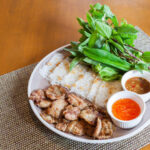
Bánh Hỏi Thịt Quay
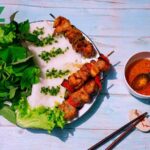
Bánh Hỏi Thịt Nướng
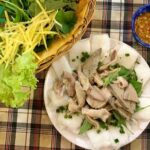
Bánh Hỏi Lòng Heo
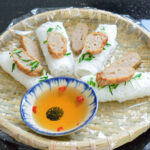
Bánh Hỏi Nem Nướng
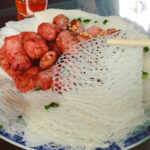
Bánh Hỏi Mặt Võng
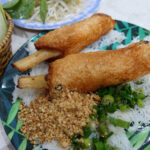
Bánh Hỏi Chạo Tôm
Bánh Hỏi: Ingredients and Preparation
Main Ingredients
Main Cooking Method
Preparation Process
Bánh Hỏi: A Deep Dive
Cultural Significance
Taste
Texture
Aroma
Color
Serving Style
Serving Temperature
Accompaniment
- Fresh herbs and vegetables: cucumbers, lettuce, Thai basil, coriander, fish mint, Vietnamese balm, etc.
- Pickled vegetables
- Nước chấm (dipping sauce)
Occasions
Seasons
Special Diets
Calories
Popularity
Popular Similar Dishes
- Bún Chả
- Bún Thịt Nướng
Popular Dining Area
Bánh hỏi is a time-honored Vietnamese noodle dish made by weaving rice vermicelli into long, thin sheets, which are then rolled into rectangular bundles. It is typically topped with mỡ hành (chopped scallions or garlic chives sautéd in vegetable oil).
Bánh hỏi is a popular side dish in Southern and Central Vietnam, where locals use it to pair with various foods and condiments, especially nước chấm (dipping sauce made from fish sauce, sugar, lime juice, and chili peppers).
The birthplace of bánh hỏi is Binh Dinh, a coastal province in Central Vietnam. This noodle dish was usually served at “lễ hỏi,” a traditional Vietnamese engagement ceremony, hence the name.
“Bánh” means any type of food made from flour, and “hỏi” refers to “lễ hỏi” or “engagement ceremony.”
Nowadays, bánh hỏi appears on many other special occasions, such as weddings, death anniversaries, birthdays, Tet celebrations, and so on. The woven rice vermicelli dish is also suitable for any everyday meal, from breakfast to dinner.
Continue reading for more interesting information about this familiar Vietnamese dish, such as how to prepare it and popular variations. I will also answer common concerns about bánh hỏi and mention similar dishes.
Key Points
Bánh Hỏi Images
How Is Bánh Hỏi Prepared?
The making of bánh hỏi involves the following 4 steps:
| Steps | Description |
|---|---|
| Preparing the rice flour | Soaking the rice in water for 10 – 12 hours Grinding the rice into fine flour Letting the rice flour drain overnight |
| Making the rice dough | Mixing the rice flour with water Carefully kneading or lightly steaming the mixture to thicken it |
| Shaping the rice vermicelli | Running the rice dough through special copper or aluminum cylinders with tiny holes to create noodle strands Pressing the noodle strands into thin, rectangular sheets |
| Cooking the rice vermicelli | Steaming bánh hỏi until it is thoroughly cooked |
Soft and tasty bánh hỏi are now ready to serve with various types of foods, resulting in numerous variations. Read on to discover the most well-known bánh hỏi versions.
What Are Popular Variations of Bánh Hỏi?
Below are 9 highly famous bánh hỏi variations throughout Vietnam.
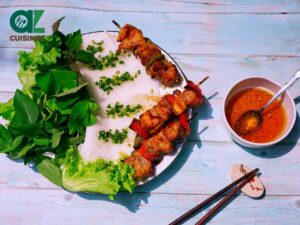
Bánh Hỏi Thịt Nướng
Bánh hỏi served with grilled meat and fresh vegetables
Can be paired with grilled pork, beef, or chicken
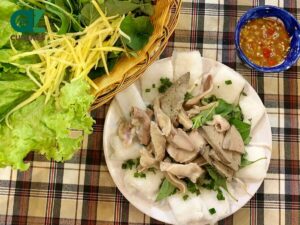
Bánh Hỏi Lòng Heo
Bánh hỏi served with boiled pork belly, pork offal (especially pork intestines), and congee
A popular breakfast dish
Also known as bánh hỏi cháo lòng
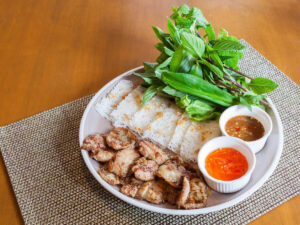
Bánh Hỏi Thịt Quay
Bánh hỏi served with pork or duck roast
The most popular form of bánh hỏi combo
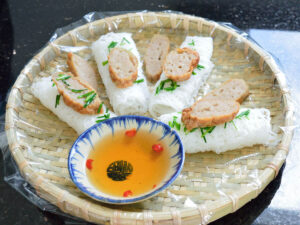
Bánh Hỏi Nem Nướng
Bánh hỏi served with nem nướng (grilled pork sausage) and fresh vegetables
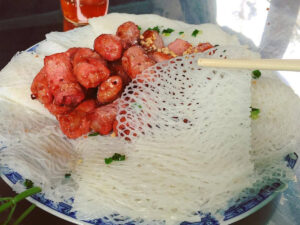
Bánh Hỏi Mặt Võng
A type of elaborately woven bánh hỏi
Has eyelets like the surface of a woven hammock
Usually served with grilled pork and vegetables

Bánh Hỏi Chạo Tôm
Bánh hỏi served with chạo tôm (sugarcane shrimp) and fresh vegetables
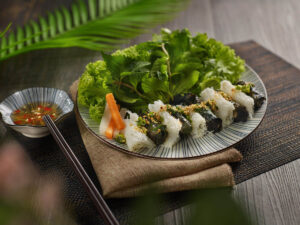
Bánh Hỏi Bò Nướng Lá Lốt
Bánh hỏi served with bò nướng lá lốt (beef in betel leaves)
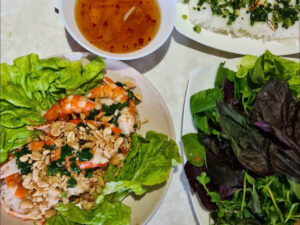
Bánh Hỏi Tôm Nướng
Bánh hỏi served with grilled shrimp and fresh vegetables

Bánh Hỏi Chay
Bánh hỏi served with fried tofu or only the scallion-oil garnish
Vegan bánh hỏi combo
These bánh hỏi variations share many advantages and disadvantages, which you are about to discover.
What Are Popular Variations of Bánh Hỏi?
Bánh hỏi has the following positive and negative traits.
Pros
Cons
Besides the pros and cons of bánh hỏi, I have more facts to tell you about this Vietnamese noodle dish, such as its storage method and where to find bánh hỏi.




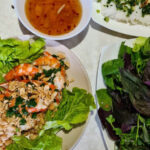
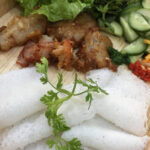
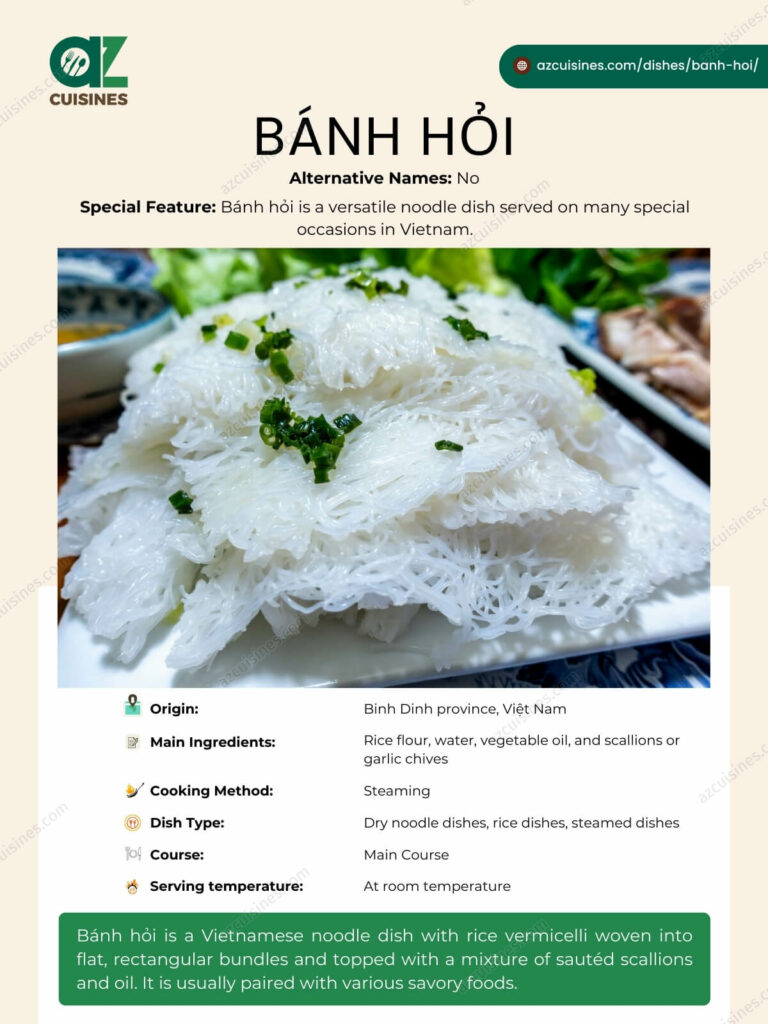
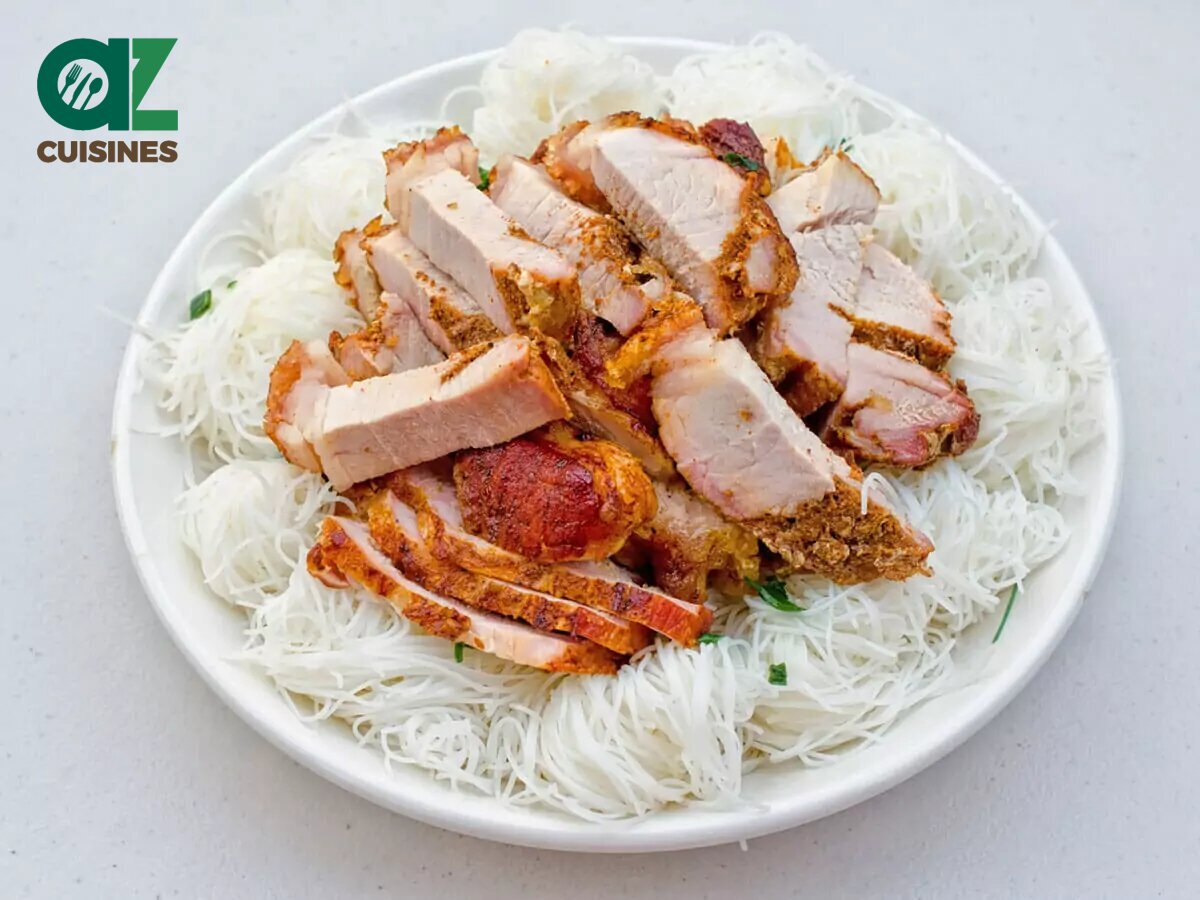
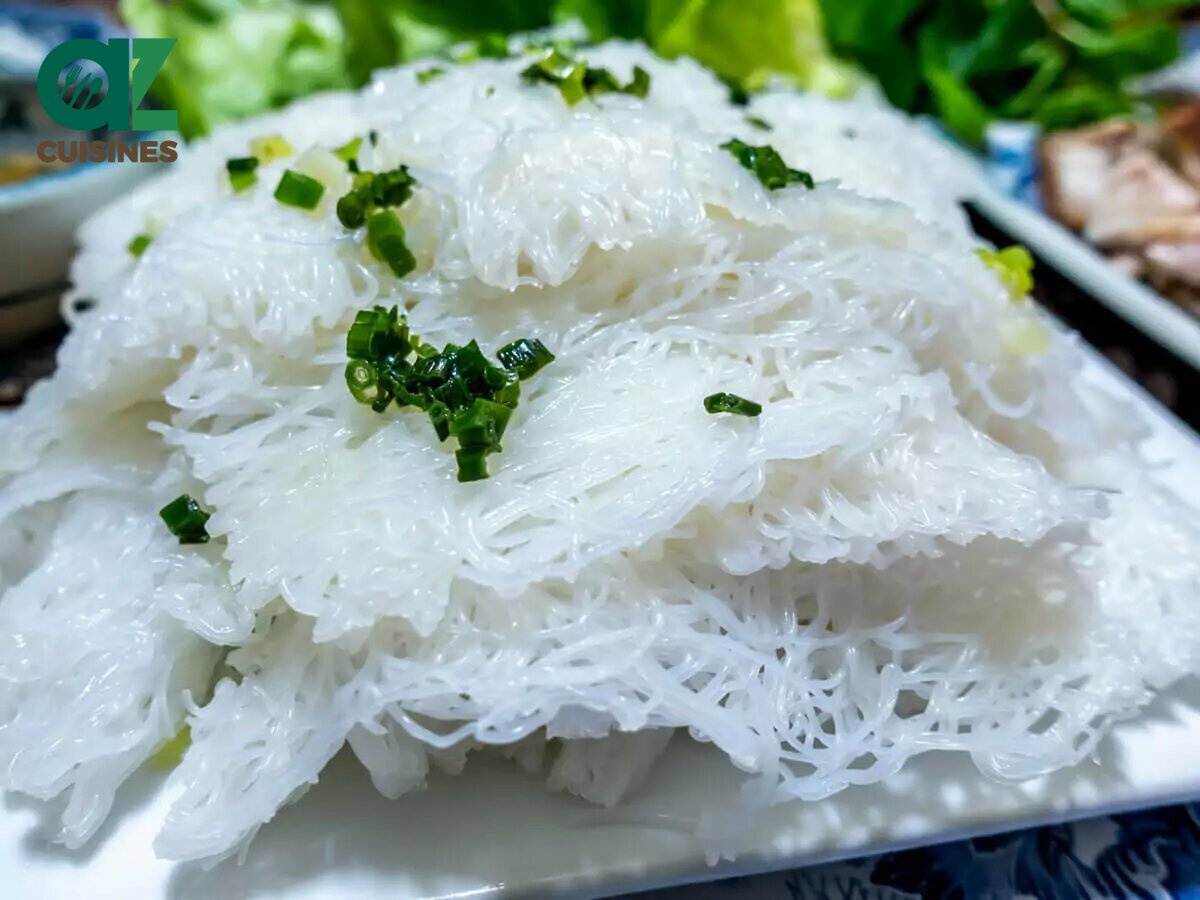



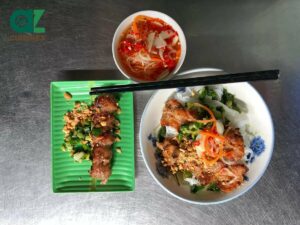
Truc Tran (Kris)
Senior Food Editor
Expertise
Home Cooking, Meal Planning, Recipe Development, Baking and Pastry, Food Editor, Cooking-video Maker, Vietnamese Food Evaluation Expert
Education
Truc Tran (Kris), an experienced food writer and editor, is great at exploring and describing global cuisines, from simple street food to fancy dining. In her writing, she skillfully mixes different flavors, cooking methods, and culinary traditions, showing the unique character of various cultures through their food and drinks. On azcuisines.com, Kris highlights her knowledge, especially in Asian cuisine and worldwide traditional dishes.